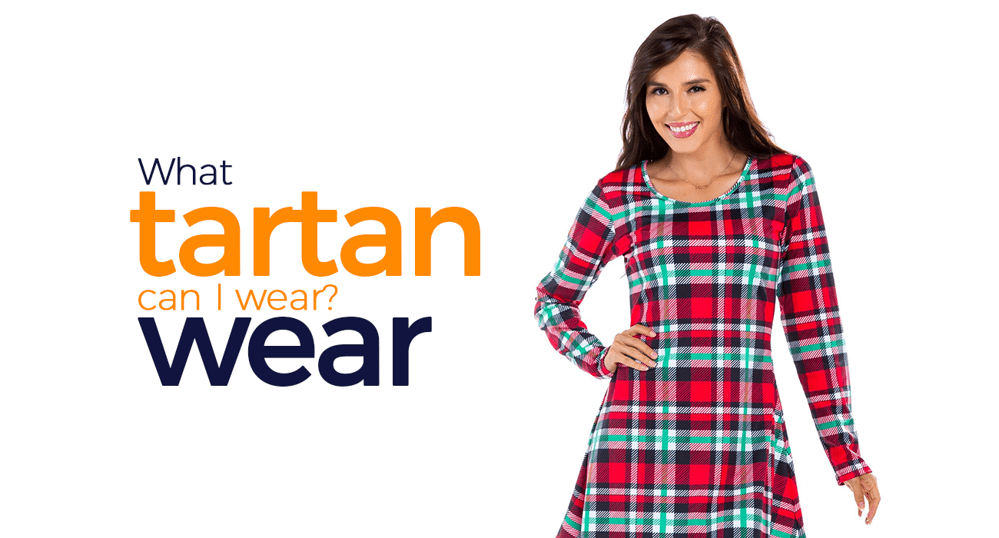
What tartan can I wear?
We Scots are known all over the world for our tenacious spirit and proclivity for partying. Nobody does it better than us, in my opinion, when it comes to celebrations. But what tartan are you allowed to wear to these events?
The same can be said of our proclivity for dressing up for special occasions. After all, nothing says party like a full-on kilt ensemble! Wearing your family tartan, whether you are Scottish or of Scottish origin, is the best way to communicate with and show your heritage.
But how do you know you're wearing the right one because there are over 14,000 varieties to choose from in a variety of colors and patterns? What if you have no Scottish ancestors but still want to stand out from the crowd?
That's where we can help!
This guide was created to assist you in making an educated decision so that you can proudly wear your tartan. If that wasn't enough, we made our tartan finder to help you figure out which tartan you're allowed to wear.
TARTAN'S ORIGIN
Visitors to Scotland have been noticing the tartan worn by the locals for decades. Early descriptions of Scottish tartans include words like "mottled" and "marred," but the best explanation comes from the Gaelic word, which means "checkered."
This is because the word "cheered" better defines tartan's aesthetic: a check-like pattern called a "sett" that is repeated until the desired length of fabric is reached. For several years, tartan was associated with Highlanders, and Lowlanders, who make up the majority of the Scottish population, despised those who wear it. They derided the Highlanders as barbarous, bare-legged savages, referring to them as "redshanks."
Tartan became associated with clan kinship as a result of its strong association with Highlanders and their bloody fighting culture. As a result, tartan was banned by the Dress Act to put warring clans under government rule.
Tartan was (and still is) used to create pieces that are now called Scottish national dress, such as the kilt and, of course, the trews.
SURNAMES ARE RELATED TO TARTAN
The most straightforward way to locate your tartan is to use your surname as a search term. However, since the spelling of the word changes over time, you may not be able to find a match. The spellings of Scottish surnames have changed through the centuries, with some variants derived from Gaelic. Murray, for example, was originally spelled, Morrey.
As a result, it's worth doing some research into the roots of your surname to find the best tartan for you. Using an old variant of your surname, you may discover that a tartan exists for you—even if you didn't think it did.
SOME universal tartans that can be worn by anyone.
The origins of modern tartan can be traced back to the Royal Stewart tartan.
The tartan of the Royal Stewart family.
The Royal Stewart tartan is the world's most well-known plaid. As the old laws against tartan were being repealed, Sir Walter Scott chose it for King George IV's visit to Edinburgh.
The Black Watch tartan is a tribute to the valiant men and women of the Black Watch regiment, The Campbell tartan is another name for the Black Watch tartan. The subtle depth of Black Watch is what makes it so famous. It's dark, moody, and suitable for both menswear and womenswear as well as interiors.
Tartan of MacLeod of Lewis - or boldly Loud MacLeod!
Tartan of Macleod of Lewis
Loud MacLeod is a well-known nickname for the MacLeod of Lewis tartan (or MacLeod Dress), and it's easy to see why. This plaid is for someone who enjoys standing out in a crowd.
Lindsay tartan is a richly colored tartan of dimension.
The Lindsay tartan, with its elegant elegance and versatile styling, is another commercial success story. The Lindsay tartan, which is common for everything from school uniforms to ladies' skirts and jackets, has a place in many people's hearts.


